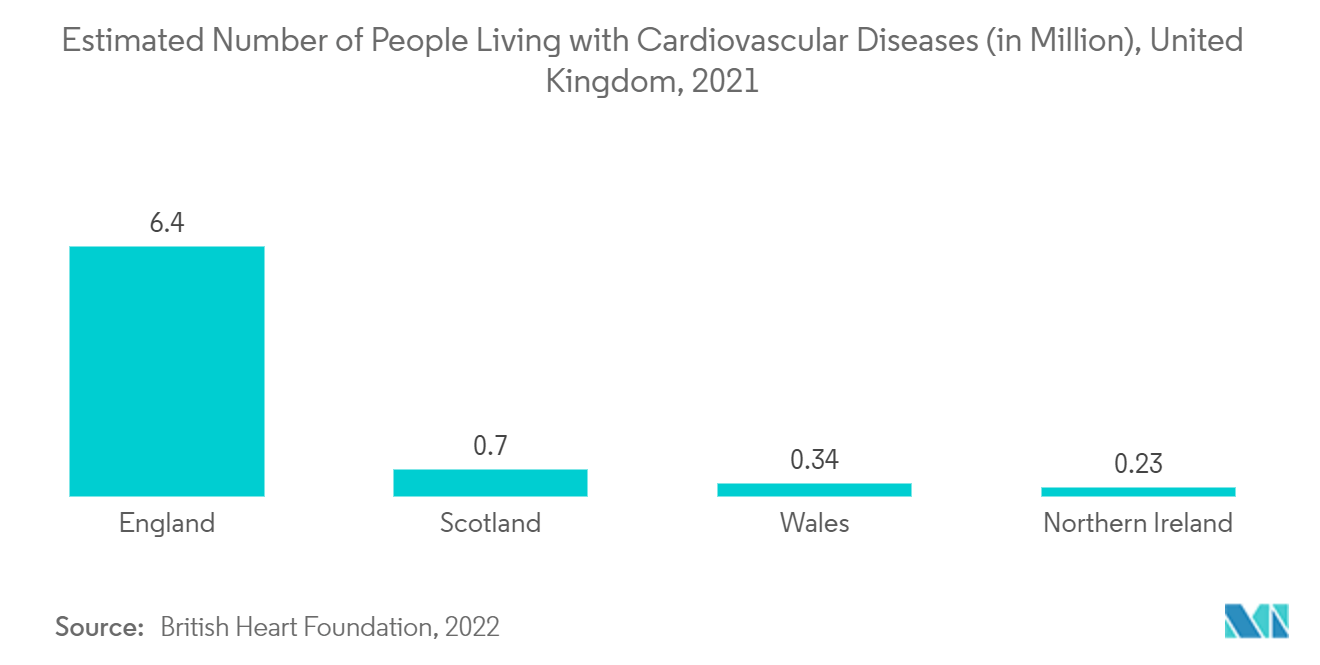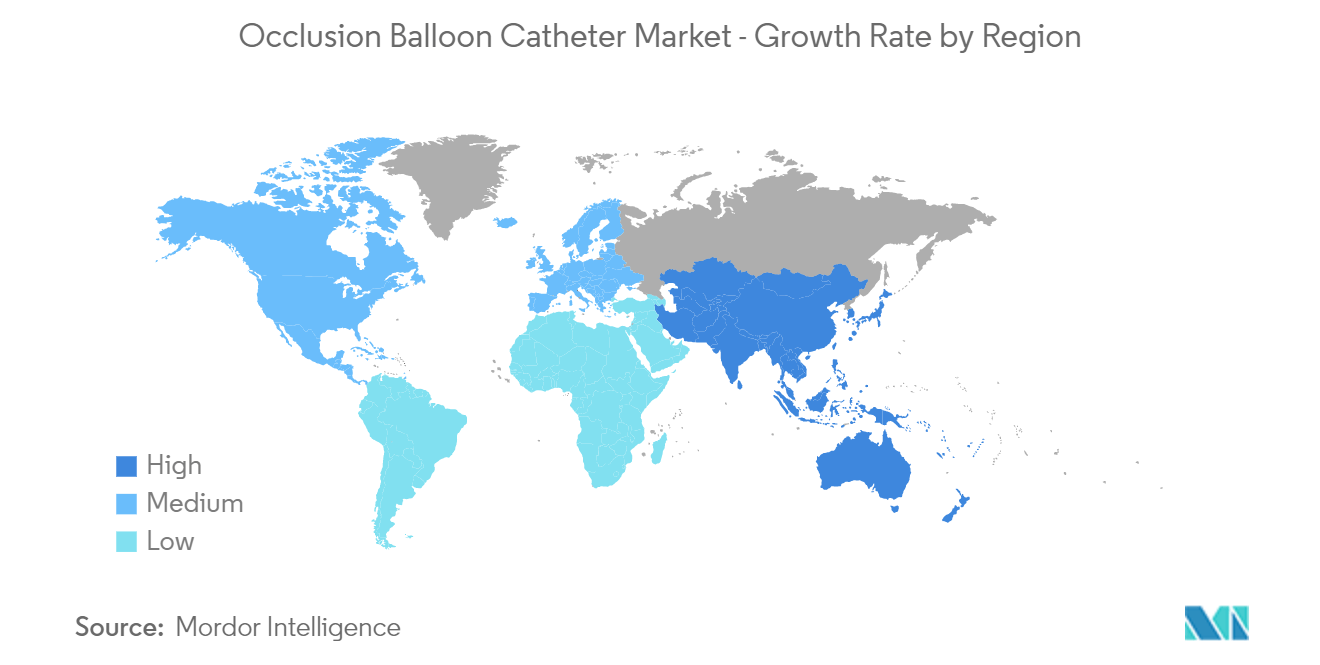Market Trends of Occlusion Balloon Catheter Industry
This section covers the major market trends shaping the Occlusion Balloon Catheter Market according to our research experts:
Coronary Artery Disease Application Projected to Grow at a Notable Rate During the Forecast Period.
The rise in coronary diseases due to the growing geriatric population and unhealthy habits in the younger generation are likely to accelerate the market's growth during the forecast period. For instance, as per the report published in the National Library of Medicine in April 2021, about 16.5% of the US population, or 54 million, were aged above 65 in 2020. By 2030, that number is expected to rise to 74 million. The number of people aged above 85, who are at risk of developing heart disease in the country, is expected to increase significantly. Similarly, the BHF report released in July 2021 estimated that over 7.6 million people in the United Kingdom are affected by heart and circulation disorders. Thus, increasing CVDs are expected to increase market growth as CVD patients require surgical treatment, which is expected to increase segmental growth over the forecast period.
Product launches are another factor contributing to the market's growth. For instance, in September 2021, the United States Food and Drug Administration (FDA) approved Abbott's Portico with FlexNavtranscatheter aortic valve replacement (TAVR) system to treat people with symptomatic, severe aortic stenosis who are at high or extreme risk for open-heart surgery. Portico is a self-expanding transcatheter aortic valve replacement with intra-annular (within the native valve) leaflets that help to provide optimal blood flow (hemodynamics) when placed inside a patient's natural valve. The structure of the replacement valve also preserves access to the critical coronary arteries for future coronary interventions. Thus, due to the abovementioned factors, the market is expected to grow during the forecast period.

North America is Expected to Dominate the Market Over the Forecast Period
North America is projected to have a notable growth rate over the forecast period owing to the factors such as the availability of a large patient pool, rapid technological advancements, and increasing healthcare spending. Furthermore, an increase in the prevalence of vascular diseases is expected to boost the regional market share. According to a research report titled "Data and Statistics on Congenital Heart Defects," published by the CDC in January 2022, congenital heart defects (CHDs) are the most prevalent kinds of birth defects,
In the United States, CHDs affect roughly 40,000 babies annually, or close to 1% of all births. A disability affects almost four out of every ten persons with heart abnormalities, the most prevalent type being cognitive impairments (difficulties with focus, memory, or decision-making). A hereditary issue is linked to at least 15% of CHDs. About 20% to 30% of individuals with CHD also suffer from additional physical issues, developmental delays, or cognitive disabilities. An article titled "Sociodemographic Inequalities in Cardiovascular Risk Factors Among Adolescents from Indigenous Areas of Chiapas, Mexico," published in November 2020 on MedRxiv, the Preprint Server for Health Sciences, found that girls were more likely to have abdominal obesity and high triglycerides than boys were and that boys were more likely to have abnormal diastolic blood pressure. Additionally, urban areas had higher rates of overweight/obesity and insulin resistance, whereas rural areas had higher rates of excessive blood pressure. Given that these are risk factors for cardiovascular disease, it is anticipated that Mexico's burden of cardiac diseases will rise in the future, driving the market's expansion.
Thus, all the above-mentioned factors are expected to help North America maintain its dominance in the market studied during the forecast period.


